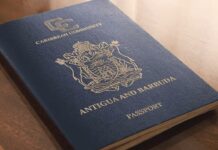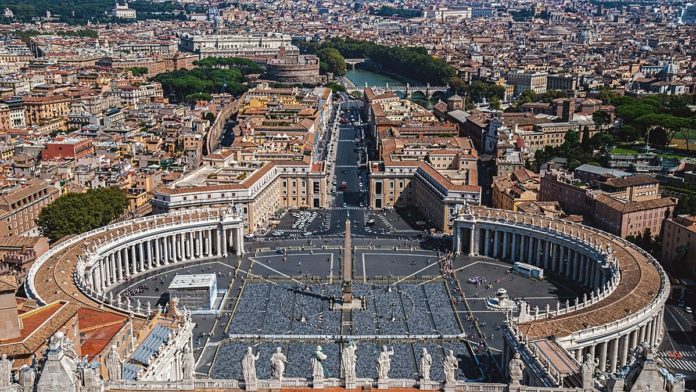
The Vatican City in Rome is home to the Apostolic Palace, St. Peter’s Basilica, and a variety of other illustrious architectural buildings. Every year, millions of tourists head to this tiny state to experience the history, the art, and religious reverberation of one of the most religiously significant places on earth.
The pope, the Bishop of Rome, is the ex-official leader of the worldwide Catholic Church. Since 1929, the pope has been the official head of state; a city-state enclaved within Rome, Italy. A strange fact, right? That’s not all; this city is also prominent for being an unusual outlier, so far as other states are concerned.
With a regular resident population of far less than most known towns in the world, and lacking most common distinguishing features such as hospitals or native populace, this city in itself is uniquely interesting, to say the least. According to wantedinrome.com, these are five fascinating facts about the city you probably didn’t know.
1. The Vatican is a Country, the Smallest in the World
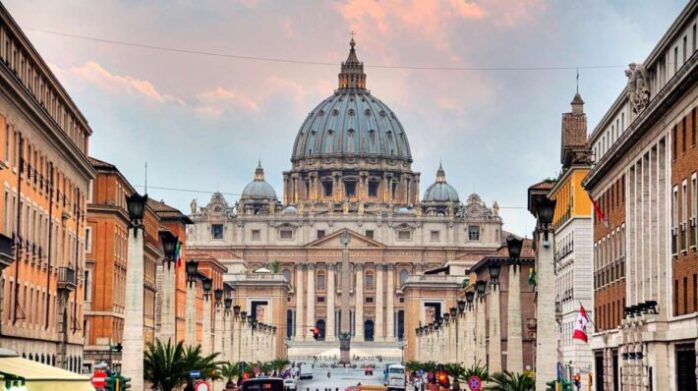
It is a tiny fragment of the extensive Papal States of central Italy that was conquered in the mid-19th century by the forces of the Italian unification. The residents of that era, mainly the popes, become the prisoners in the Vatican after they were unwilling to leave the confines of the Apostolic Palace until 1929 after the creation of the Lateran Treaty, which created the current city-state of Vatican (Italian Stato Della Città del Vaticano).
This city-state is surrounded by Rome, housing the headquarters of the Roman Catholic Church. It is also home to the pope and a trove of iconic architecture and art galleries. Its Vatican museum complex has 13 individual museums with over 70,000 masterpieces. Ancient Roman sculptures, such as the legendary “Laocoön and His Sons,” as well as Michelangelo’s famous frescoes in the Sistine Chapel and Raphael rooms, are available for public sightings in the museums.
The world’s biggest church, St. Peter’s Basilica, is also within the Vatican’s walls. Based on the number of artistic and architectural sites, it is the only country in the UNESCO’s listing. Italy has more UNESCO listings than any other country on the planet, with a total of 51 as of July 2014. But, the Vatican City is the only state-designated as a UNESCO site.
2. No One is Born in the Country
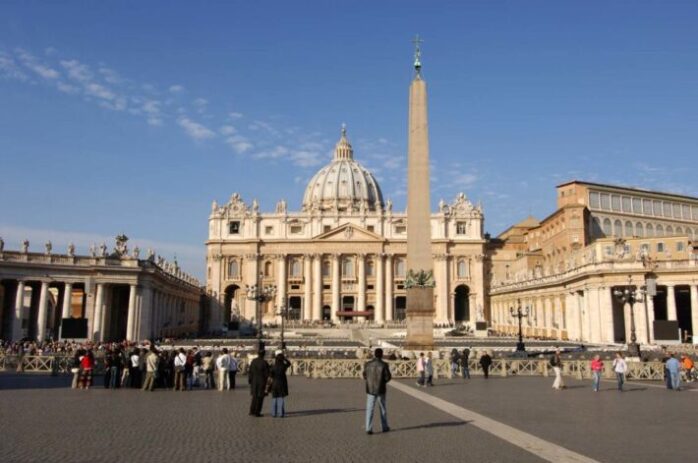
This country/city is tiny. With an area of only 0.44 km2, you can walk around the whole country in less than an hour! That said, it is only believable the residents of the country are below 1000. Almost all of the Vatican City’s 450 citizens either live inside the its’ walls or serve in the Holy See’s—the Vatican embassies called nunciature available around the world.
Interestingly, no Vatican Citizen was born within the territory. Citizenship in the country is not based on birth; only granted to those who reside in the Vatican because of their work or office. For instance, cardinals who live in the city of Rome as well as diplomats, mentioned above, are considered citizens. Citizenship ceases upon cessation of the appointment.
Technically, no one can be born in the Vatican because there are no hospitals. Most of the 2400 lay workers who comprise the majority of the Vatican working staff reside outside the city and are either the citizens of Italy or other nations. Based on the demographics, all the people who reside, and most of the others who frequent the Vatican City, are Catholic.
3. It Has a Telescope In Arizona
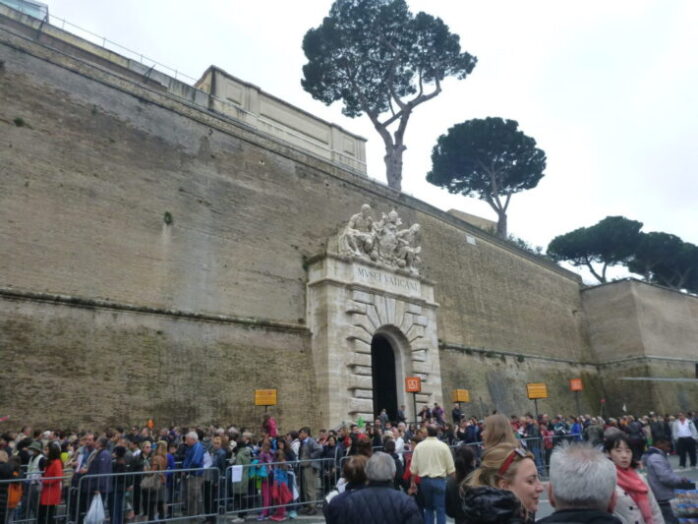
Many people are surprised that the Vatican has an observatory. It’s interesting to know that the city’s observatory activities started some two and half centuries ago. During that period, there has been considerable turmoil and several moves to escape the light and other hindrances, especially those coming from Rome.
About half-century a century ago, the Vatican Observatory introduced a research group at the Steward Observatory at the University of Arizona in Tucson. This observatory is found on Mt. Graham in the south-east of the United States, VATT (the Vatican Advanced Technology Telescope). As one of the oldest astronomical research facilities, the 1.8m-long telescope is known for its advanced optical qualities.
4. It has its Own Funny-Dressing Army
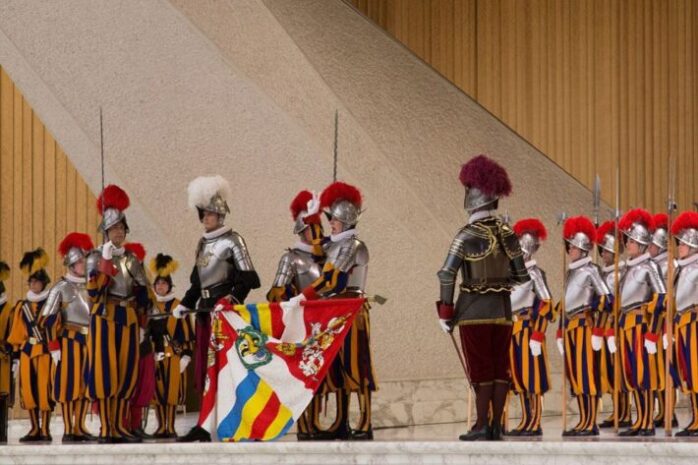
The pope has his own personified army, who dress strangely compared to other arm men. They are known officially as the Pontifical Swiss Guard, the world’s smallest army, with about 135 Swiss Soldiers. These soldiers act as personal escorts to the pontiff, the Apostolic Palace, and serve as the de facto military of the Vatican City.
It should be noted that the guards are independent of the Swiss armed forces and are employed fully by the Roman Catholic Church under the leadership of the pope. Tantamount to other elite military corps, becoming part of the Pontifical Swiss Guard is subject to fierce competition.
Recruits must be unmarried Roman Catholic males with Swiss citizenship. They should also be between ages 19 and 30 and at least 1.74 meters tall, and with a high school degree or professional diploma. They must also complete basic military training with the Swiss forces. Fascinatingly, although they wear blue berets and doublets in normal days, during ceremonies, they don funny-looking attires reminiscent of the Renaissance era.
5. It Has Its Own Euro
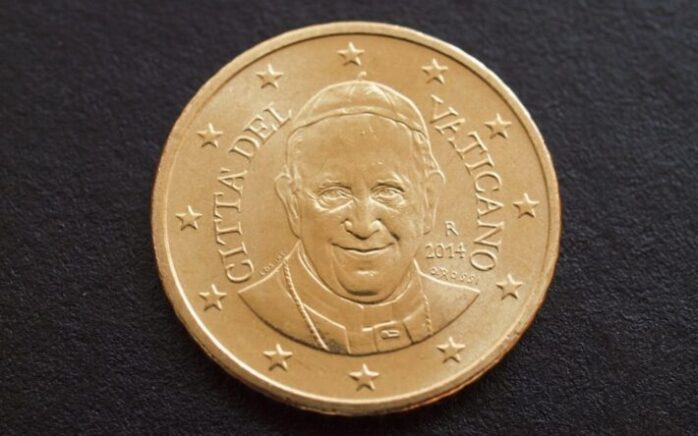
The Vatican was one of the founding members of the Euro Zone; the state started issuing coins in 2002. The Vatican Euros are now legal tender in both the Vatican City and Italy and can circulate freely within the entire Euro Zone. Although they resemble the currencies within the Euro Zone, the ‘national’ design one side of the coins has witnessed several changes over the years. Since 2014, the coin has featured a series of three figurines of Pope Francis.


